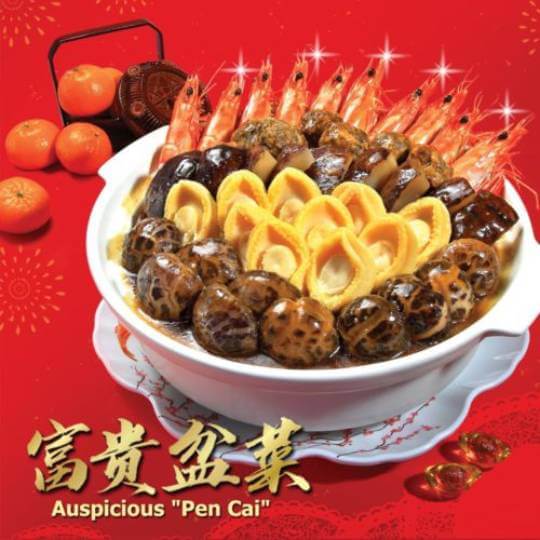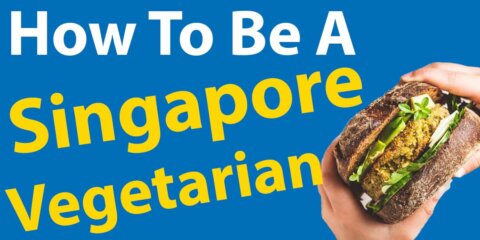How to Celebrate Chinese New Year Singapore-Style in 2024 🧧🐉
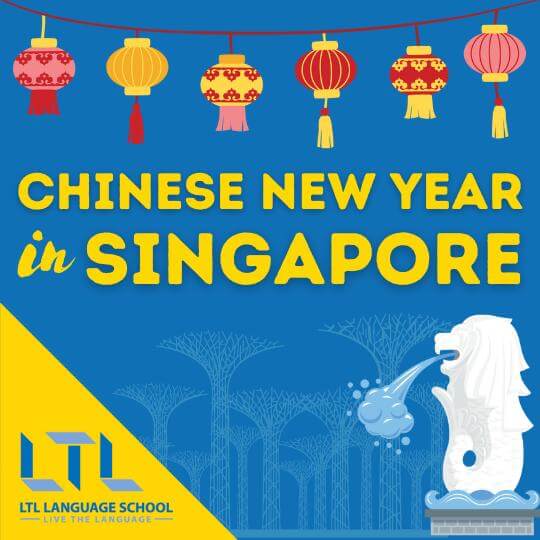
On Saturday 10 February, Chinese communities around the world will be celebrating Lunar New Year.
Monday, 12 February is a public holiday in Singapore to celebrate the incoming Year of the Dragon.
Chinese Singaporean culture is a unique blend of Chinese dialects and multicultural traditions, which means Chinese New Year in Singapore is always a distinctly Singaporean celebration.
Here are some of the best ways to celebrate Chinese New Year in Singapore…
Chinese New Year in Singapore || New Year Decorations
Chinese New Year in Singapore || New Year Shopping
Chinese New Year in Singapore || Gifting of Red Envelopes
Chinese New Year in Singapore || Lucky Food for New Year
Chinese New Year in Singapore || FAQs
Chinese New Year in Singapore || New Year Decorations
Walk among the colourful light displays and lantern-adorned streets of Singapore for a truly festive feel.
Kreta Ayer Square in Chinatown is the epicentre of Chinese New Year festivities. Attend weekend stage shows or a lion dance competition beneath the glowing lanterns.
BONUS: Learn how to say Happy New Year in Chinese!
Gardens by the Bay features the impressive “Prosperous Year of the Dragon” display. The theme of the garden is Dahlia Dreams, the Legend of the Dragon Gate.
At the River Hongbao festival, you can pick up some street food and experience an extravagant firecracker show along the lantern-led paths.
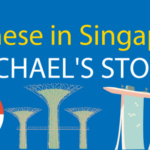
Chinese Classes in Singapore // Michael’s Experience
Discover what it’s like to take Chinese classes in Singapore as Michael shares his story. He is currently studying with LTL and having a blast!
Chinese New Year in Singapore || New Year Shopping
It wouldn’t be Chinese New Year in Singapore without some shopping.
Chinese people wear new qipao 旗袍 (cheongsam 長衫 in Cantonese) in lucky colours for the New Year.
Yue Wa on Eu Tong Sen Street is perfect for finding everything you need to celebrate, with 7 stories of Chinese decorations, clothing, homeware, and food.
Chinatown Complex or Cio Chinatown Point are also great options for finding festive clothing, decorations, and party food for the New Year.
Similar to Mariah Carey songs in December, the song “Gong Xi Gong Xi” will play on repeat in your head indefinitely during Chinese New Year.
Chinese New Year in Singapore || Gifting of Red Envelopes
Lucky red envelopes are an essential ritual of Chinese New Year.
In Singapore, you may see red envelopes called:
hóng bāo 红包 in Mandarin
lai see 利是 in Cantonese
ang pao 红包 in Hokkien.
Find uniquely designed red packets from stores and museums across Singapore.
From 12 January to 9 February 2024, you can collect red packets at any of the museums and galleries associated with the National Heritage Board.

Moving to Singapore || 11 Important Things to Know (in 2024)
Moving to Singapore is a big decision, but the experience can be unforgettable. Check out our comprehensive guide for moving to Singapore.
Chinese New Year in Singapore || Lucky Food for the New Year
In the culinary capital of the world, Singaporeans know how to eat on Chinese New Year. Here are some festive Singaporean foods to add to your Chinese New Year table:
The Prosperity Toss, or “lou hei,” means “tossing prosperity. A raw fish salad popular in Singapore is tossed with great gusto as a group with long chopsticks.
It is considered auspicious to toss and mix all the ingredients during Chinese New Year.
Pen Cai 盆菜 in Mandarin (poon choi in Cantonese) is also called the Prosperity Treasure Pot.
Pen Cai signifies reunion, harmony, and auspiciousness.
In addition, the character “盆” which means ‘Pot’ in Chinese, also symbolises wealth and lots of money earned.
Bak kwa is already a favourite snack in Malaysia and Singapore but is especially lucky for Chinese New Year. This thin, meat jerky symbolises wealth and good fortune due to its vibrant red colour.
Sweet treats are particularly enjoyed this time of year to guarantee a sweet life in the New Year.
Kueh bangkit, sometimes called coconut tapioca cookies, is the quintessential Chinese New Year snack in Singapore and Malaysia. Different decorations on the cookies represent different aspects of New Year blessings.
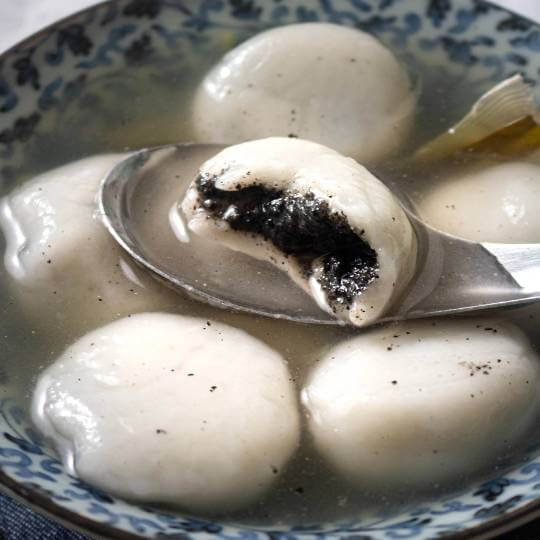
Red tortoise cake, or ang ku kueh, is a bright red oval cake. It is eaten in Singapore during Chinese New Year because, in Hokkien, the red tortoise symbolises prosperity and good luck.
Pineapple tarts are a very popular Chinese New Year treat in Singapore. Pineapple phonetically sounds like “ushering good luck” in Mandarin huang li (黃梨), Cantonese (wong lai) and Hokkien (ong lai).
Tangyuan is traditionally eaten during the last day of Chinese New Year, the Lantern Festival. The name is a homophone for union and thus the mochi-like dumplings are eaten as a symbol of family unity.

23 Weird Chinese Foods || Organs, Insects, Claws & A Whole Lot More
Planning a trip to China? Here are 23 weird Chinese food terms you should learn to enjoy a surprise-free culinary experience!
Chinese New Year in Singapore || FAQ
Is it called Lunar New Year or Chinese New Year?
Lunar New Year is a more universal way to describe the holiday for non-Chinese cultures who celebrate.
Those of Chinese descent will refer to Chinese New Year, or Spring Festival.
How long does the Chinese New Year last?
15 days. The first few days are reserved for visiting and eating with family. The 15th day is the Lantern Festival.
In modern-day Singapore, the first day of Chinese New Year is considered a holiday, and most people return to work after.
What is the animal zodiac for 2024?
2024 is the Year of the Dragon. The dragon is believed to be a very dynamic and lucky zodiac sign!
What is the most popular Chinese New Year greetings?
“Gōng xǐ fā cái in Mandarin, or “gung hay fat choy” in Cantonese is the most popular greeting. It is translated as, “Wishing you prosperity!”
Head over to our online Flexi Classes to start practicing Chinese with native speaker teachers today!
Or, if you’re already in Singapore, check out our Mandarin Classes in Singapore here.
Want more from LTL?
If you wish to hear more from LTL Mandarin School why not join our mailing list. We give plenty of handy information on learning Chinese, useful apps to learn the language and everything going on at our LTL schools!
Sign up below and become part of our ever growing community!
BONUS | Want to study Chinese with us at LTL Singapore you can discover our group classes and individual classes too.


 Hi, my name is Greta. I am from Italy and I work as a student advisor. Please contact me if you wish to come and study with us!
Hi, my name is Greta. I am from Italy and I work as a student advisor. Please contact me if you wish to come and study with us!